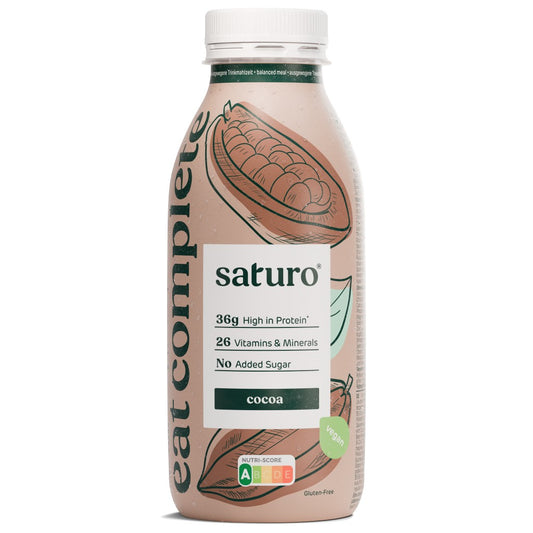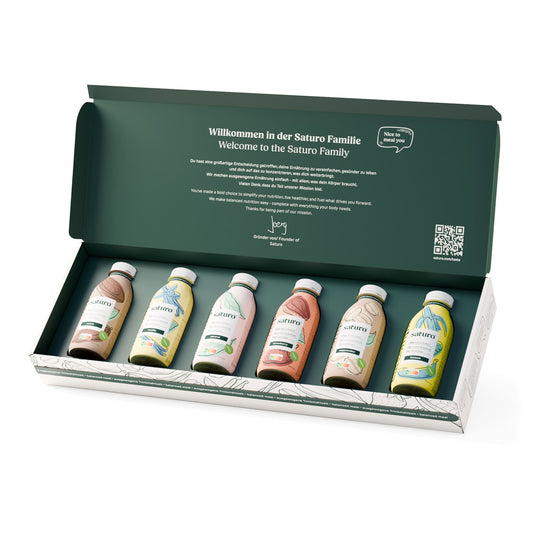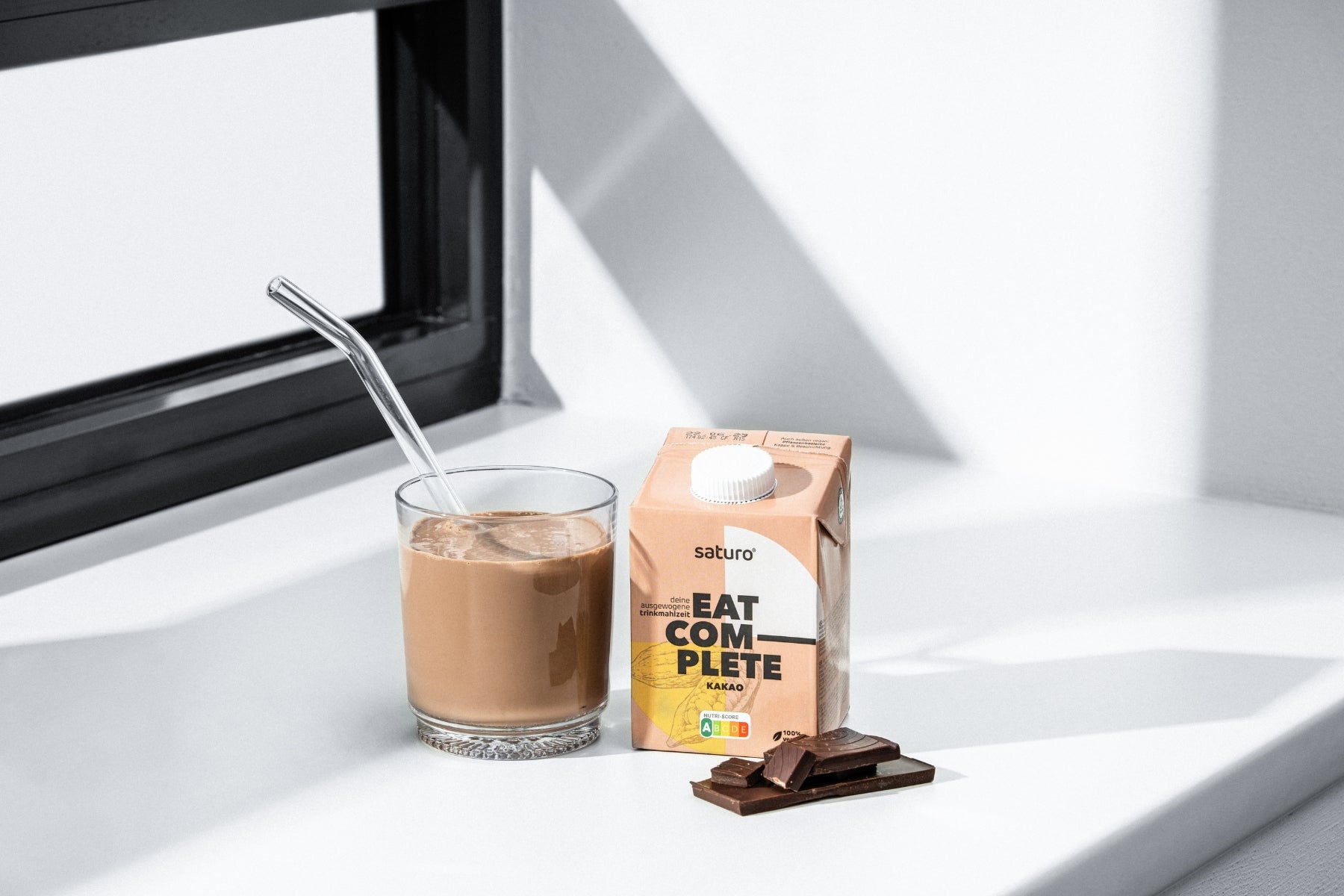1
What is gout and what does diet have to do with it?
2
The connection between gout, purines and uric acid
Purines: What they do in the body
Uric acid - breakdown product of purine metabolism
3
These foods are prohibited for gout
Drinks table for gout sufferers
Fructose and the diet for gout
Beer and gout don't mix!
Are chocolate and bananas okay for gout?
4
What foods should you definitely eat if you have gout?
Lowering uric acid naturally and plant-based with vitamin C
Cherries for gout
The DASH diet helps against gout
High-calorie food: an option for gout?
5
Conclusion on the right diet for gout
1
What is gout and what does diet have to do with it?
2
The connection between gout, purines and uric acid
Purines: What they do in the body
Uric acid - breakdown product of purine metabolism
3
These foods are prohibited for gout
Drinks table for gout sufferers
Fructose and the diet for gout
Beer and gout don't mix!
Are chocolate and bananas okay for gout?
4
What foods should you definitely eat if you have gout?
Lowering uric acid naturally and plant-based with vitamin C
Cherries for gout
The DASH diet helps against gout
High-calorie food: an option for gout?
5
Conclusion on the right diet for gout
| Getränk | Konsum |
|---|---|
| Bier (auch alkoholfrei) | sehr bedenklich |
| Hochprozentiger Alkohol | sehr bedenklich |
| Zuckerhaltige Limonaden | bedenklich |
| Gesüßte Fruchtsäfte | bedenklich |
| Frisch gepresste Säfte | unbedenklich |
| Milch | unbedenklich |
| Kaffee | erwünscht |
| Tee | erwünscht |
| Wasser | erwünscht |
| Lebensmittel | Vitamin-C-Gehalt pro 100 g |
|---|---|
| Acerola | 1790 mg |
| Sanddorn | 450 mg |
| Hagebutte | 426 mg |
| Brennessel | 330 mg |
| Schwarze Johannisbeeren | 189 mg |
| Petersilie | 159 mg |
| Bärlauch | 150 mg |
| Paprika | 140 mg |
| Brokkoli | 115 mg |
| Rosenkohl | 110 mg |
| Kiwi | 100 mg |
| Zitronen | 53 mg |





